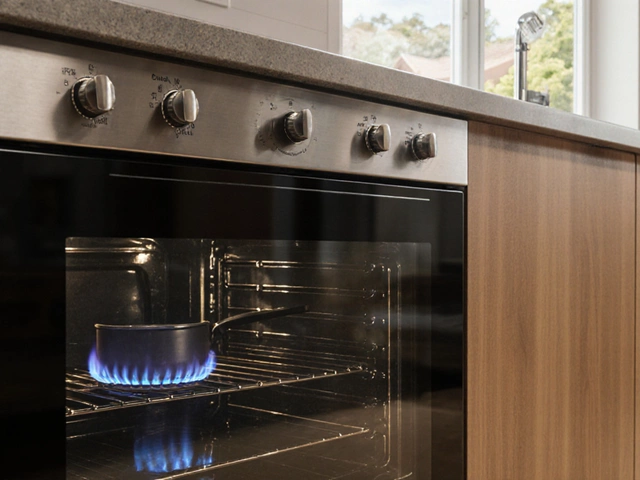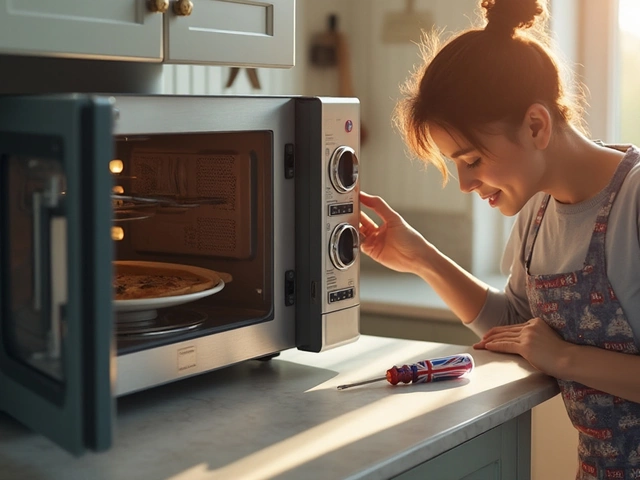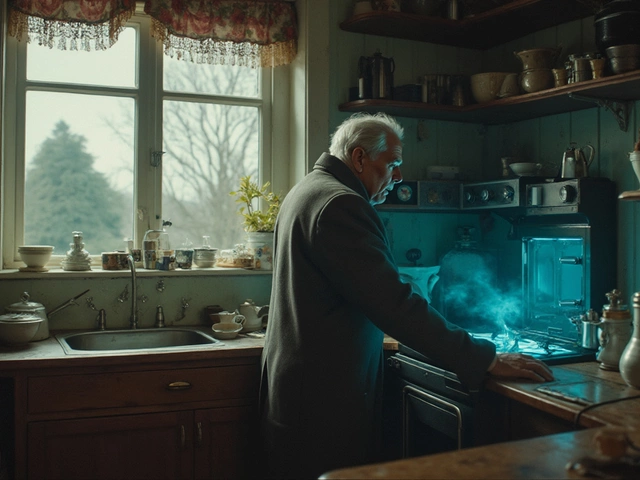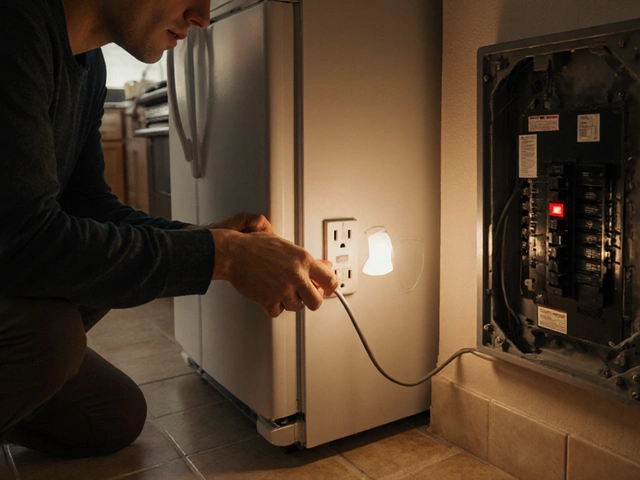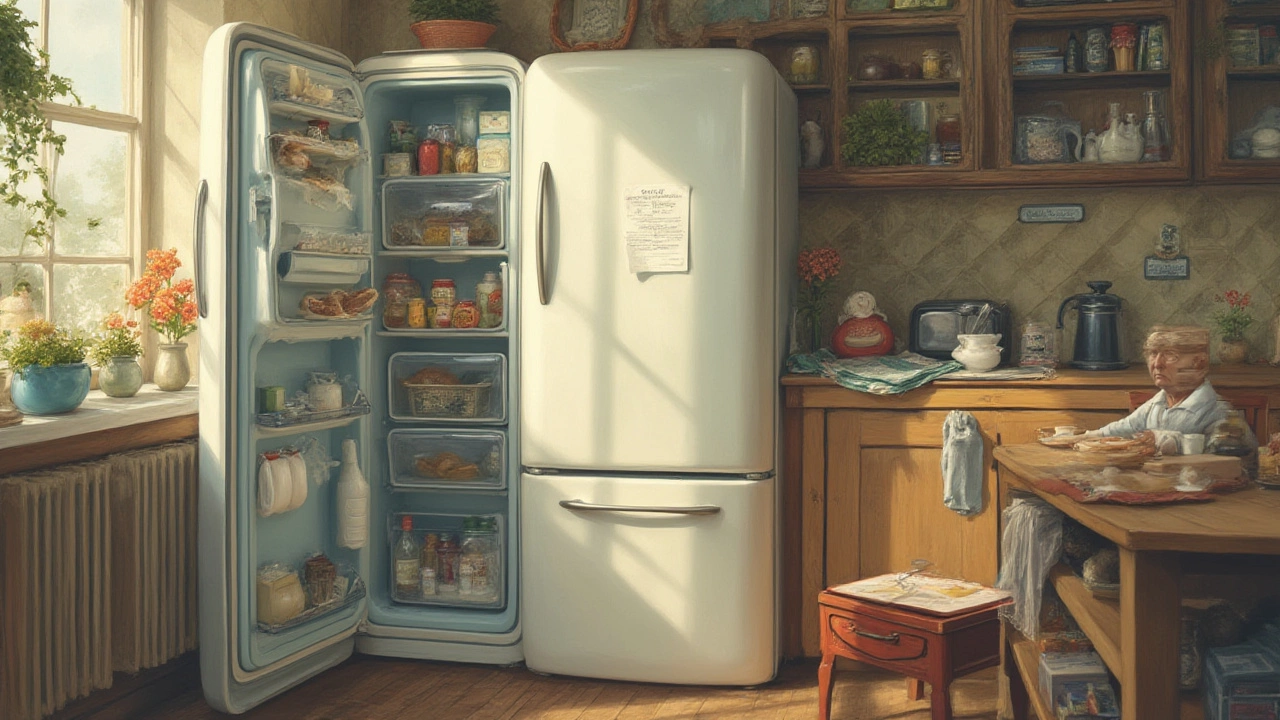Refrigerator Problems – What’s Going Wrong?
If your fridge is running but the food is still warm, you’re not alone. A noisy compressor, ice build‑up, or a freezer that won’t freeze are all signs that something’s off. The good news? Many of these issues have simple fixes you can try before you dial a repair service.
Why Your Fridge Might Not Be Cold
First, check the temperature dial. It’s easy to forget that a recent power cut or a door left open can reset the setting. Set the dial to the middle range and give the unit an hour to stabilise.
Next, look at the condenser coils. Dust and pet hair act like a blanket, making the compressor work harder and eventually overheat. Unplug the fridge, pull it out, and brush the coils with a vacuum brush or a soft cloth. A clean coil can improve cooling by up to 30%.
Blocked air vents are another common culprit. The freezer and fridge share a single cooling system, so if the vent between them is clogged, cold air can’t circulate. Remove any frost or food debris that’s blocking the vent and make sure the fan inside the freezer spins freely.If you hear a clicking sound followed by a humming noise, the start relay may be failing. This small electronic part helps the compressor kick‑in. Swapping it with a new relay is cheap and usually solves the problem.
For a freezer that isn’t freezing, frost build‑up is often the cause. Defrost the freezer manually: turn it off, remove the food, and let the ice melt. Once it’s dry, restart the unit and monitor the temperature for a few hours.
Check the door seals, too. A torn or warped gasket lets warm air sneak in, forcing the fridge to run nonstop. Close a piece of paper in the door; if it slides out easily, the seal needs replacement.
When to Call a Professional
Some problems are best left to the experts. A refrigerant leak, for example, requires a certified technician to locate and recharge the system. Trying to fix it yourself can be dangerous and illegal.
If you notice water pooling at the bottom of the fridge, the drain pan or the defrost drain may be clogged. While you can clear a simple blockage with a pipe cleaner, a cracked pan needs replacement and should be handled by a pro.
Persistent loud grinding noises often mean the compressor motor or the evaporator fan is failing. These components are expensive and require specialised tools to replace safely.
Finally, if you’ve tried the basic steps and the temperature still won’t drop below 5°C (41°F) in the fridge or 0°C (32°F) in the freezer, it’s time to call Rugby Appliance Repair Services. Our technicians have the right tools and experience to diagnose hidden faults quickly.
Remember, regular maintenance can save you money in the long run. Clean the coils every six months, wipe the door seals, and keep the interior tidy. A well‑maintained fridge lasts longer and runs more efficiently.
Got a fridge that just won’t cooperate? Start with these quick checks, and if the problem sticks around, give us a call. We’ll get your kitchen back to normal without the hassle.

